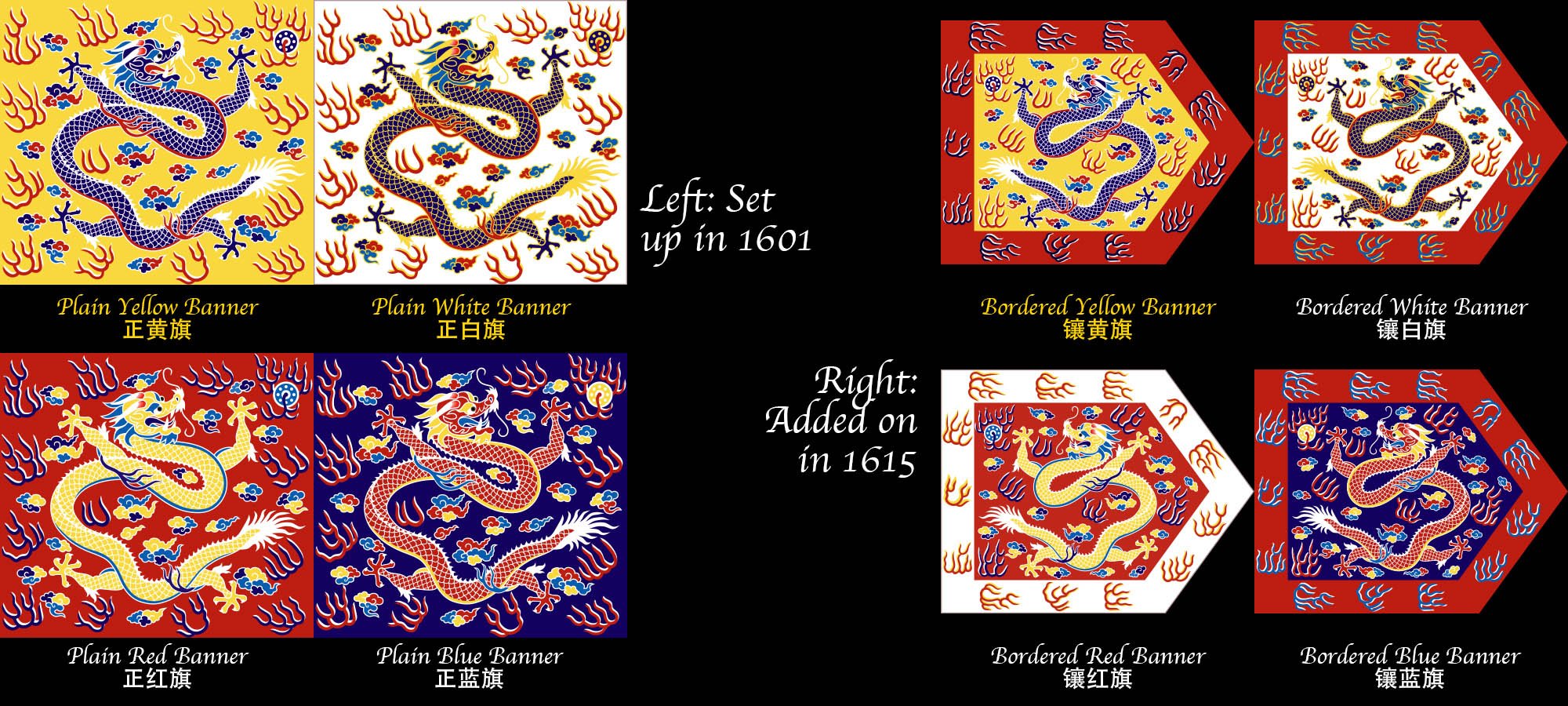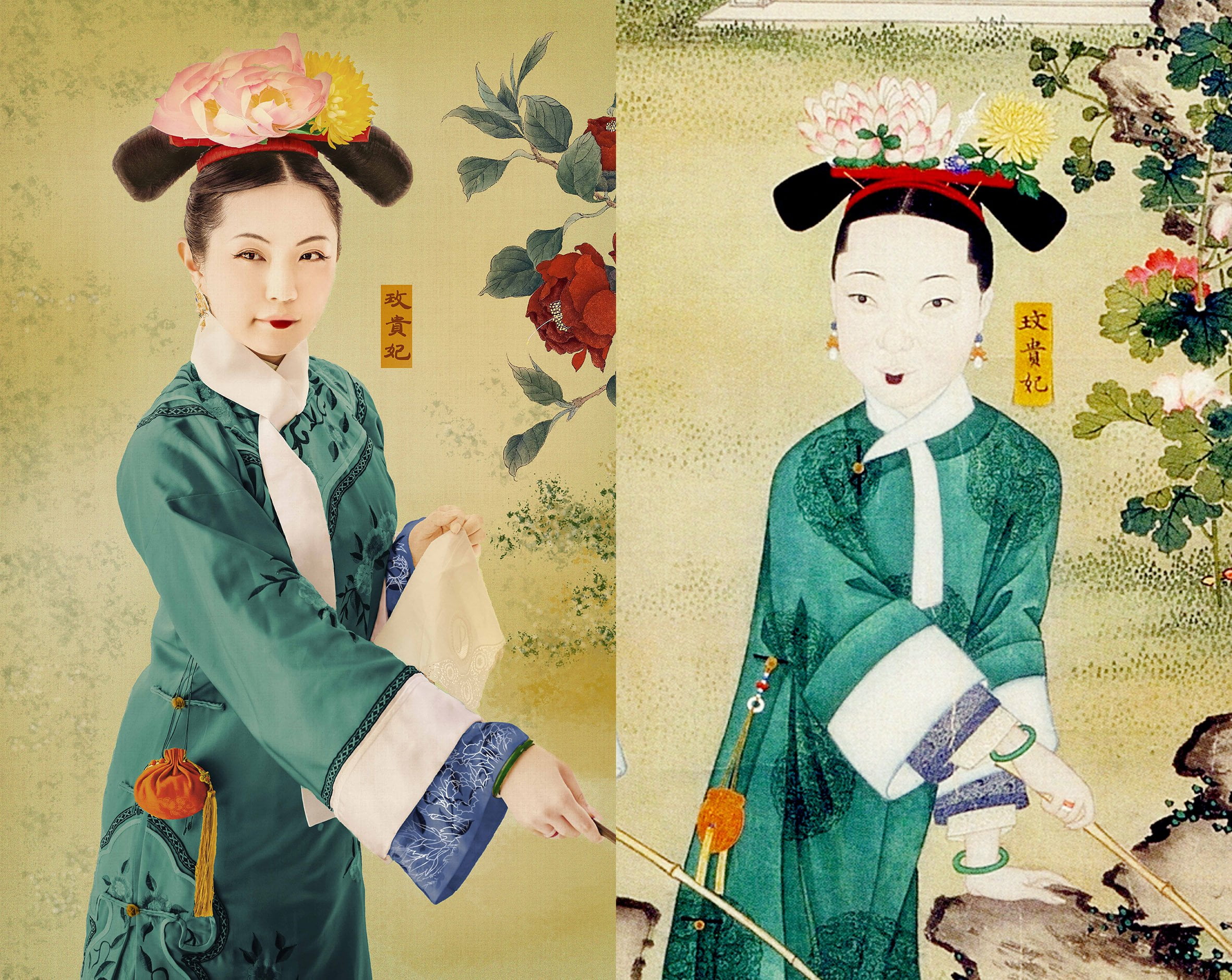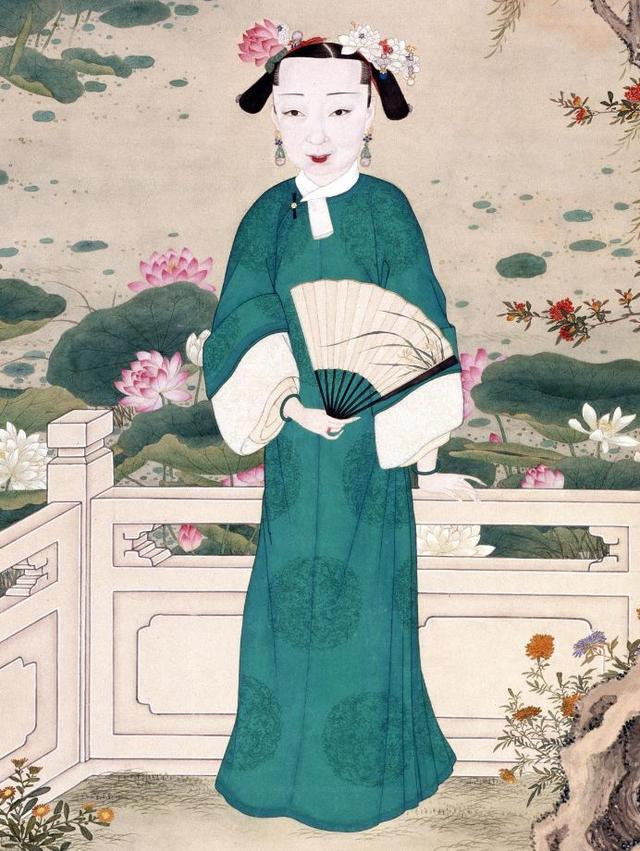Your cart is currently empty!
Empress Dowager Cixi’s greatest love rival–Noble Consort Mei

There were only 3 women who bore a child for Emperor Xianfeng, and out of the 3 children, 2 were male heirs. One was the son of Empress Dowager Cixi (then Royal Consort Yi), and the other, son of Noble Consort Mei (then Concubine Mei). In many online articles, it was said that Empress Dowager Cixi was mother to the emperor’s only son, but truth is, one of his favourite concubines–Noble Consort Mei, also bore him a son who was written out of history as he passed away just hours after birth. Emperor Tongzhi, who succeeded Emperor Xianfeng, posthumously gave his deceased brother a title–Lord Min.
The life of Noble Consort Mei in the palace was like the most stereotypical storyline in every Qing palace drama. Born to the Manchurian Booi Aha status, she entered the palace as a palace attendant and rose through the ranks (jumping 2 ranks in 1 year). I don’t know about where you work, but such progression in any civil service is probably quite unimaginable and likely so in the Qing harem unless you are very much favoured by the emperor. Yes, the system of the imperial consort was very much like the civil service where there were protocols on their behaviour, progressions, and monthly pay/remuneration. And the Empress is supposed to be the one who oversaw all these, but her decisions could be overwritten by the Emperor.

The Manchurian system of banners and hierarchy is an interesting one and I think it’s important to explain it a little since we watch so much of the Qing imperial drama. In Yanxi Palace, we were introduced to the Booi Aha status which Er Qing the supervillain was born into, and the emperor mentioned multiple times that he would ‘raise the banner’ for some of the concubines. So what are all these about?
The Manchurians are also known as “People of the banners旗人” in Chinese. Initially the Manchurians were divided into 4 banners–the plain red, blue, yellow and white banners. Subsequently, it was further divided into the 4 bordered banners, forming a total of 8 banners with the emperor heading 3 of them–Plain yellow, Plain white, and Bordered yellow (indicated in yellows above) and the other 5 were deemed to be more inferior.
Royal Consort Mei was born in to the Plain Yellow Banner status, and although her family weren’t the leaders in the clan (they could be the followers/servants in the clan, or they could be relatives with different surnames from the clan leaders), the very fact that she was born into the more prestigious banner (the 3 indicated in yellow above), meant that she was born a free person and not belonging to any household (like an item/belonging of the master). In ancient times, if you were a servant, then typically you are registered as possession of your master’s family instead of a free person.
So when they mentioned “raise the banner” of the clan, it meant to raise someone’s family status from that of belonging to the lower 5 banners to that of the 3 directly under the emperor’s charge. In her case, her family was already part of the 3 more prestigious banners.
There is some element of sensationalism when we read accounts of her being born as a palace attendant and rising through the ranks to a Noble Consort because it sounded as if she broke the glass ceiling when the actual context is something quite different. Although she was a “palace attendant”, she was not of the slave caste or anything inferior (anyway the slave caste was supposedly abolished by her time), it was just that she was born into a less prestigious family as compared to the rest of the other concubines who are direct descendants of aristocrats (kinda like Princess Diana’s lineage compared to that of Prince Charles’). Bearing in mind that her clan was one of the prestigious 3 banners under the direct charge of the emperor, so she was perfectly eligible to be a concubine. Sorry, no glass was shattered in the process.
Possibly Noble Consort Mei got too arrogant, and offended the emperor and she was then caught abusing her attendant, and laughed and joked with her eunuch in a manner that was unbefitting of her status. As a result, the emperor downgraded her rank by 3 to that of a ‘chosen maid’ which meant that she was not even considered part of the emperor’s harem at that point. This demotion was way lower than her starting mark as palace attendant, and was definitely a huge insult and an extremely humbling experience for her.
One would’ve thought that it’s the end of her good life as we know it, but she bounced back stronger in just half a year. Before you know it, she had regained her original status and was gave birth to a boy shortly after! That would have been the emperor’s second son (the eldest one was from the Empress Dowager). In those days, if you could bear a son for the emperor, your life was set. However, her child passed away just 4 hours or so after birth.
The emperor attempted to console her by promoting her status by yet another rank, but we all know that this was the end of any ambition that she might have to becoming an empress. Emperor Xianfeng passed away 2 years later when she was just 25 years old, and the new emperor promoted her to Royal Consort out of respect and she spent her remaining 28 years in peace. Even when Empress Dowager was getting rid of her all rivals, she was benevolent to the harmless Royal Consort Mei and left her alone.
I had a discussion with a Qing history researcher as to whether it was a blessing or a curse to have lost her son. From a mother’s point of view, it’s definitely a curse because I believe most of us would readily give up our own lives for our child. But from a very pragmatic point of view, her son might not have survived the tactics of Empress Dowager, and she might die alongside with him at some point instead of a more peaceful retirement. In the worst case scenario, their fight for the throne (or their perceived threat by the Empress Dowager) might have gotten her entire clan killed even.
A painting of Royal Consort Mei was done when she was in her retirement mode:

And because that is the only painting of her that we have, I have edited my photo to try to look like her:

THE END
NOTE: While I was researching on Royal Consort Mei, I realised that different records recorded her title differently: 玫贵妃 vs 玟贵妃. It is likely due to recording error (kinda like typo in today’s context), and I choose to call use the word Mei because it was what was indicated in the official record of her title conferment and it is also the word used by the Palace Museum in its caption for the artwork above.
I also found another painting, painted about 20 years apart which bore an uncanny resemblance to the portrait with Royal Consort Mei. We had a long discussion amongst the hanfugirls on whether it was a mistaken identity, or was it some kind of ‘uniform’ they wore for a particular rank, or was it just the laziness of the court artist who might not have seen them in real life and just painted from some template. Because the lotus on the hair, the ring they wore, and the type of dress they were wearing seemed really too similar to be a coincidence.
Well, the discussion is open if you wish to join in! But unfortunately, nobody has an answer to that for now.

Empress xiaoshencheng was the Royal Consort Mei’s mother-in-law, but this painting was painted post-humously. I kinda like the orchid in the fan she’s holding.
Special thanks to Qing History Society (Singapore) for fact checking on this article and to clarify some of my queries.

Leave a Reply